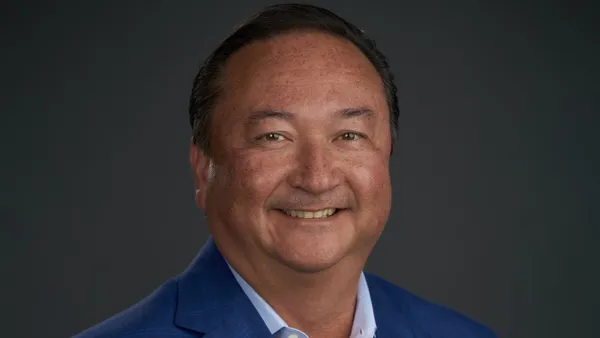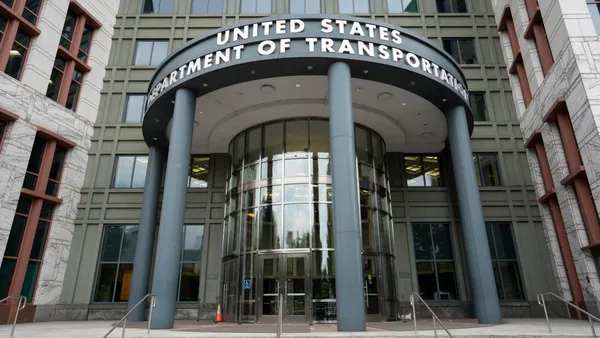UPDATE Jan. 29, 2018: New York's Department of Sanitation (DSNY) has awarded a $1 million contract to Michigan-based Resource Recycling Systems (RRS) for the study and potential implementation of a "save-as-you-throw" program, as reported by the Staten Island Advance.
The deal runs for three years, with the option of one two-year extension, and was officially registered by the city comptroller's office Jan. 5.
Details about how such a system might work, especially for the many multi-unit buildings serviced by DSNY, have yet to be determined. As evidenced by early comments from Staten Island elected officials, and columnists, some level of skepticism can be expected until specific cost analysis is available.
Dive Brief:
- New York's Department of Sanitation (DSNY) has issued a request for proposals to help the city explore and potentially implement a "save as you throw" (SAYT) program, as reported by Politico.
- The city is looking for a consultant to develop an incentive system for recycling, including organics, through some form of rebate or tax credit based on the amount of material diverted. This could potentially include a fee on special bags or tags for refuse.
- In addition to studying the system, this consultant could also help DSNY implement it and engage with stakeholders during the process. The $1 million contract would run for three years, with a projected start date in September, and has the option for one two-year renewal.
Dive Insight:
This type of system has long been seen as the Holy Grail of waste reduction policies in New York and discussed as a priority by multiple city officials over the past few years. The city estimates that a SAYT system could reduce annual residential waste generation of more than 3 million tons by as much as 30% and has previously said it would be "the largest potential contribution" toward achieving the goal of "zero waste" by 2030. According to DSNY, a working group comprising representatives from the City Council, affordable housing advocates, tenant associations, property managers, environmental advocates and others first met in the fall of 2015 and followed up with focus group meetings in early 2016.
The reason for including such a broad range of stakeholders is that making the proposal work would be very complex. DSNY services are currently paid for through property taxes so this could potentially involve changing tax codes. City legislation might be required, though the RFP makes it clear that any option requiring state legislation will not be considered. Figuring out how to track compliance and assist property managers in New York's many large multi-unit buildings is a key question as well and the RFP notes that provisions would be needed to limit illegal dumping in street baskets.
Despite these hurdles, groups such as the nonpartisan Citizens Budget Commission have indicated a SAYT approach could have notable financial benefits compared to the alternative. As shown by a new $3.3 billion contract with Waste Management, the city's long-distance export costs continue to grow. While progress has been made on increasing diversion rates and expanding accepted categories, most residents still don't have a motivation to change their behavior. The city's residential rate hovers around 17% and per capita generation rates remain similar between boroughs regardless of recycling rates.
DSNY has cited Seattle and San Jose, CA as examples of where this worked in the past and previous EPA reports have found similar systems in thousands of municipalities around the country. Other major cities such as Washington, D.C. have also recently considered making the shift. The mechanics of each program differ, though the option of RFID-enabled carts or other tracking methods will likely be untenable due to New York's dense make-up.
Even with the expected knowledge of how these programs operate elsewhere any consultant will have their work cut out for them in designing a system that could work for the largest city in the country. Based on the recent uproar over a proposed 5-cent fee on plastic and paper bags it's also easy to imagine a scenario with highly opinionated residents and engaged state legislators regardless of the enforcement method. Though this may end up being unavoidable if New York has any hope of achieving its ambitious 2030 goals.














